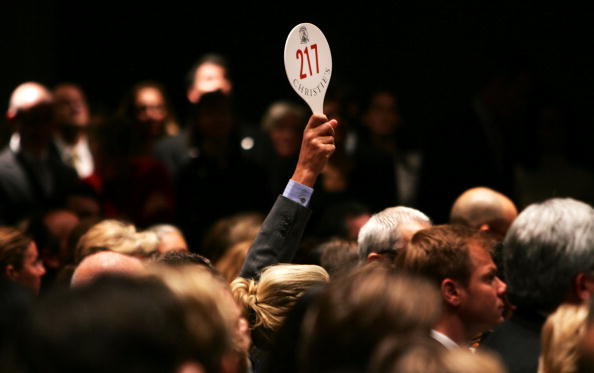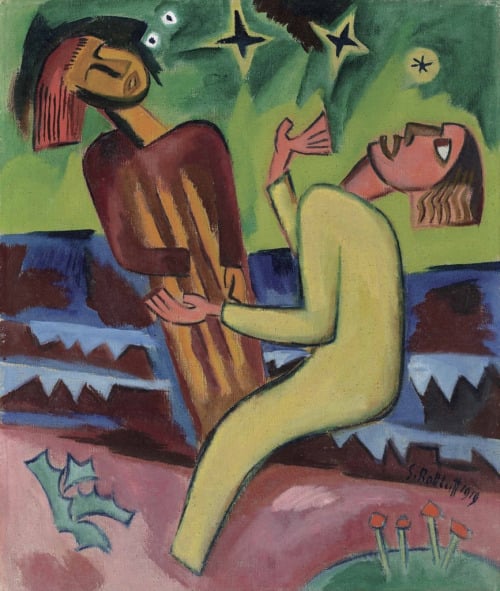Auctions
Is The Controversial Art Law Fueling Germany’s Recent ‘Art Drain’?
Major artworks were pulled from museums and sold at auctions.

Major artworks were pulled from museums and sold at auctions.

Henri Neuendorf


A large number of German works appeared at Christie’s February 2 Impressionist and Modern sale.
Photo: by Spencer Platt/Getty Images
Cultural commentators in Germany are bemoaning the increased number of works by German impressionists and expressionists that are finding their way to foreign auction houses recently. There are claims that the country’s highly controversial new cultural protection law is what’s making collectors nervous.
While its not possible to definitively verify a correlation between auction consignments and impending legislative changes on art in Germany, the fact that many of the works in question are being withdrawn from long-term museum loans has caused the (numerous) critics of the legal changes to reaffirm their opposition to the law.
Last year, the German government presented measures to tighten export regulations so that all artworks traveling within the EU require an export permit if the works are older than 70 years and valued over €300,000 ($326,000).
According to the German radio station Deutschlandfunk, the discontent started after the head of the Berlin auction house Grisebach claimed that €1 billion of art has been exported out of Germany since the government announced the unpopular new measures.

Ernst Ludwig Kirchner Bahnhof Königstein (1916) sold for $3.6 million at Christie’s on February 2
Photo: Christie’s
Although this figure is probably somewhat overinflated, the statement does illustrate the nervousness of the German art market and art community.
According to Die Welt, three artworks from Christie’s February 2 modern and impressionist evening auction in London that sold for million dollar sums were only recently hanging in German institutions.
Karl Schmidt-Rotluff’s Windiger Tag (1907) which sold for £1.3 million ($1.8 million) was on long-term loan at Hamburger Kunsthalle until 2015.
Schmidt-Rotluff’s Sternendacht (1919), which was was sold for £578,500 ($833,855) hung until recently in the Städel Museum, Frankfurt.

Karl Schmidt-Rottluff Sternendacht (1919)
Photo: Christie’s
Meanwhile, Ernst Ludwig Kirchner’s Banhof Königstein (1916) was also pulled from its long-term loan at the Städel Museum; the painting has been in the institution’s collection for 75 years before it sold for £2.5 million ($3.6 million) at Christie’s.
But are these sales really motivated by collectors’ trying to move their works before the new law is passed? After all, the long-held perception among collectors in Germany is that the big auction houses overseas can get higher prices than their domestic counterparts—with or without the impending cultural protection legislation.
Nevertheless, collectors do fear they might soon have to submit applications to state authorities before they could sell artworks in London or New York—and that has certainly fueled speculation that the government’s plans are behind the increase in exports of important artworks.